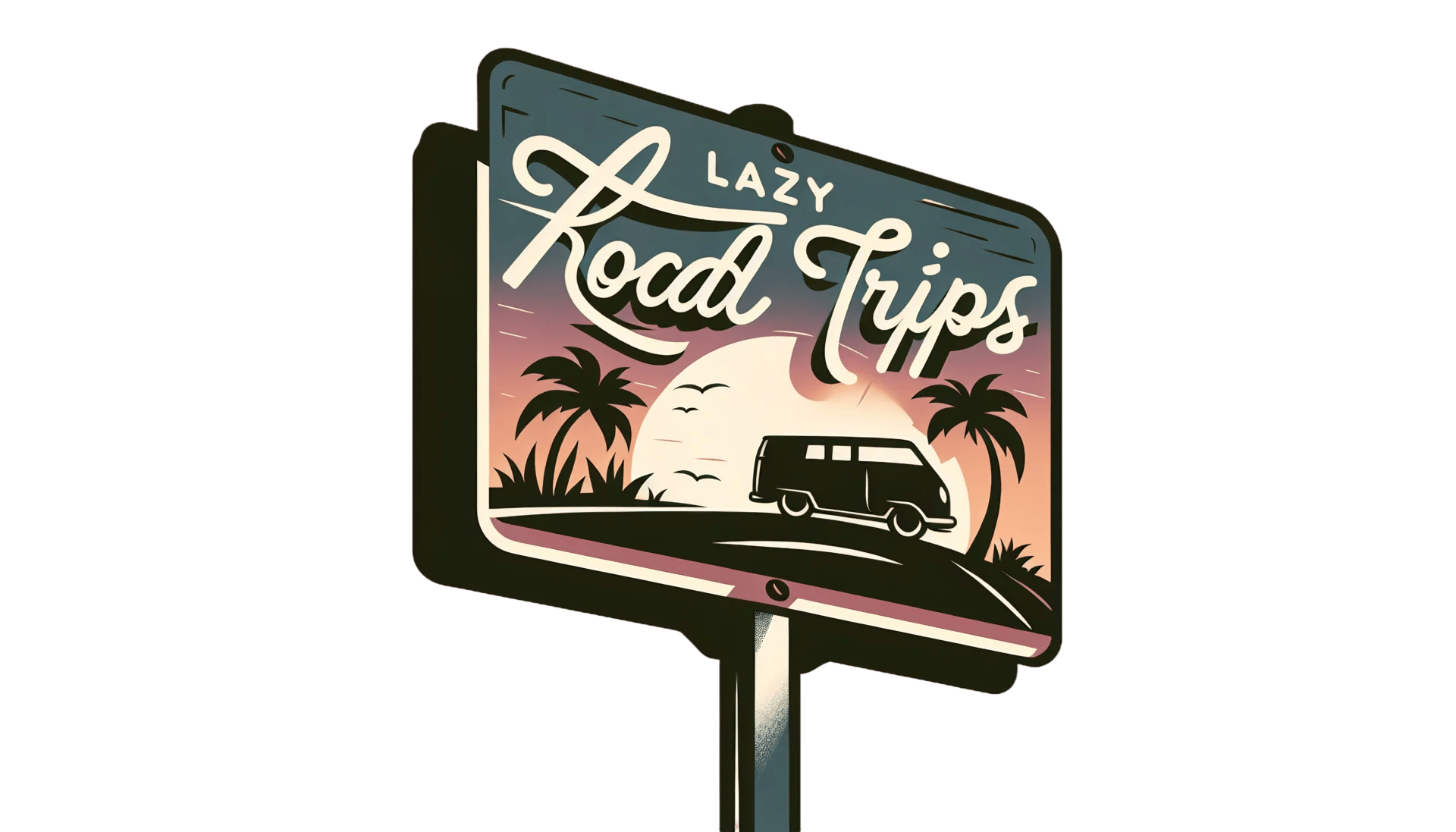**How to Upgrade Your RV’s Power Solutions for Fall Adventures**
As the leaves start to change and the air gets that unmistakable crispness, a lot of RV folks are itching to hit the road for fall adventures. Before you head out, making sure your RV has solid power solutions just seems like a no-brainer for a smoother, more enjoyable trip.
Outdoors.com recently shared some hands-on advice about upgrading your camper’s power this fall. Let’s dig into the key ideas and see how you can boost your RV’s power game for autumn.
Understanding the Importance of Reliable Power Solutions
Reliable power really is at the heart of any good RV trip. Whether you’re just out for a weekend or planning something longer, you want your appliances and gadgets to work without a hitch.
Fall brings its own set of curveballs—unpredictable weather, shorter days—so dependable power matters even more.
Solar Power Systems
Solar power has become a favorite for RVers who want to go green and camp off-grid. Solar panels might seem pricey at first, but they can save you money in the long run by cutting down on those campground hookup fees.
- Cost-Effective: You spend more up front, but over time, solar panels can pay for themselves.
- Environmentally Friendly: Solar is clean, renewable, and shrinks your carbon footprint.
- Quiet Operation: Unlike generators, solar panels do their thing in total silence. That’s a win for peace and quiet.
If you’re thinking about going solar, take a good look at your energy needs and pick a system that actually fits your style. More info? Here’s a deep dive from Outdoors.com.
Portable Generators
Portable generators are still a go-to for many RVers who want power they can move around. You can use them at campgrounds or way out in the woods—pretty flexible, honestly.
- Versatility: They’ll run all sorts of devices and appliances, so you’re covered for most setups.
- Ease of Use: Most new models are pretty straightforward—think electric start, auto shutoff, and other handy features.
- Fuel Options: Pick from gasoline, propane, or diesel, depending on what works for you.
When you’re picking a generator, think about how much power you’ll need, how loud it is, and how much fuel it uses. Don’t forget to use it safely and keep things well-ventilated.
Battery Upgrades
Upgrading your RV’s battery setup can make a big difference in how long you can stay powered up. Better batteries mean longer trips and fewer worries about running out of juice.
Lithium-Ion Batteries
Lithium-ion batteries are getting a lot of love in the RV world. Why? They last longer and charge faster than old-school lead-acid batteries.
- Longer Lifespan: You might get up to 10 years out of one—way longer than most traditional options.
- Lightweight: They’re lighter and more compact, which is perfect for RVs where space matters.
- Fast Charging: These batteries recharge quickly and efficiently.
Yeah, they cost more up front, but if you’re serious about RVing, they’re hard to beat in the long run.
AGM Batteries
Absorbent Glass Mat (AGM) batteries are another solid pick. They’re sealed, so you don’t have to fuss with maintenance, and they’re built to take a beating.
- Maintenance-Free: No regular check-ups needed—just install and go.
- Durability: AGM batteries handle harsh conditions better than flooded batteries.
- Safe Operation: Since they’re spill-proof, you can mount them in different positions without worrying about leaks.
When you’re upgrading, weigh your power needs and budget. Every RV setup is a little different, so what works for one person might not fit another.
Inverter Upgrades
An inverter lets you run AC-powered gadgets off your RV’s batteries. Upgrading your inverter can really boost the reliability of your power supply.
Pure Sine Wave Inverters
Pure sine wave inverters are kind of the gold standard. They deliver clean, stable power that’s safe for sensitive electronics.
- Compatibility: You can run laptops, microwaves, even medical gear without worry.
- Efficiency: They’re more efficient, so you waste less energy and your batteries last longer.
- Safety: Less electrical noise means safer operation for your stuff.
They’re pricier than modified sine wave models, but if you need top-notch performance, they’re worth it.
Modified Sine Wave Inverters
Modified sine wave inverters are easier on the wallet. They might not match the performance of pure sine wave inverters, but for basic needs, they’ll do the job.
- Cost-Effective: Affordable and practical for simple setups.
- Basic Functionality: They’ll keep your lights, fans, and small appliances running.
Think about what you want to power and how much you’re willing to spend before picking an inverter. There’s no one-size-fits-all answer here.
Conclusion
Upgrading your RV’s power setup can really make or break a fall trip. Solar panels, portable generators, battery upgrades—each one brings something different to the table.
Maybe you’re curious about how these actually work out in real life. If so, check out this tested power solutions to upgrade your camper this fall.

